#Ranunculaceae
Text
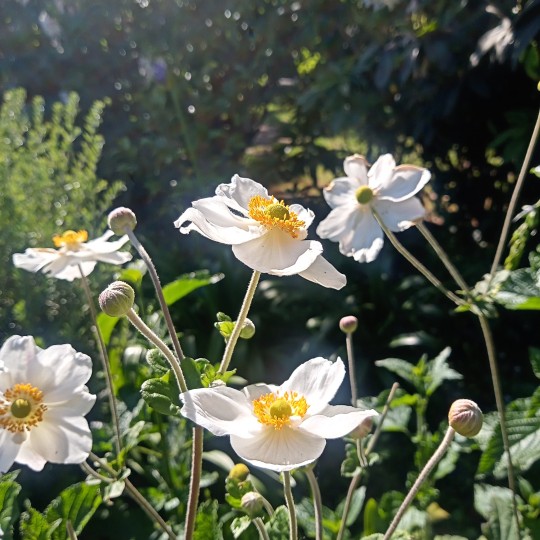
Anemone - Eriocapitella x hybrida
181 notes
·
View notes
Text

Sharp-lobed Hepatica
Hepatica acutiloba
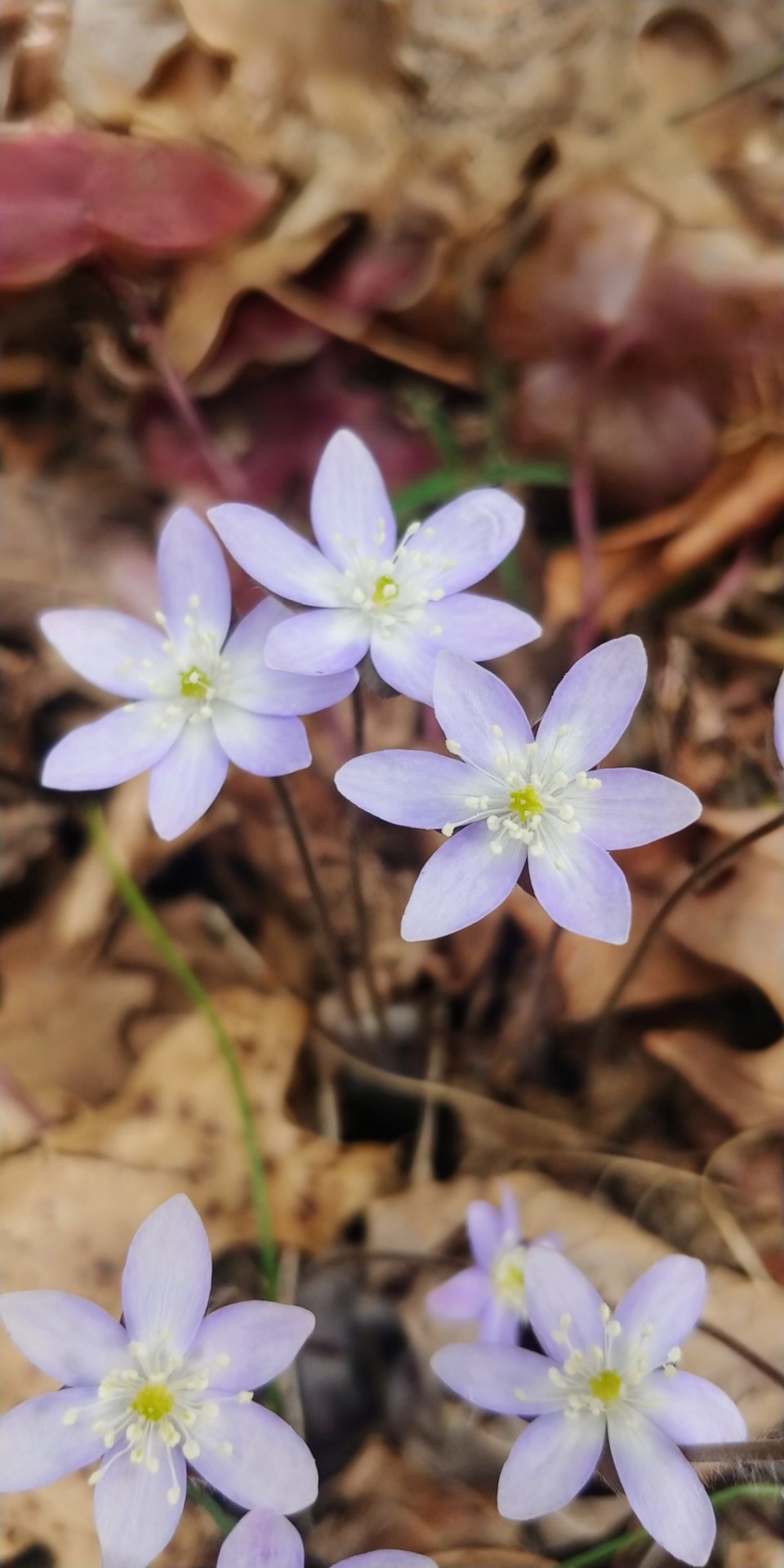
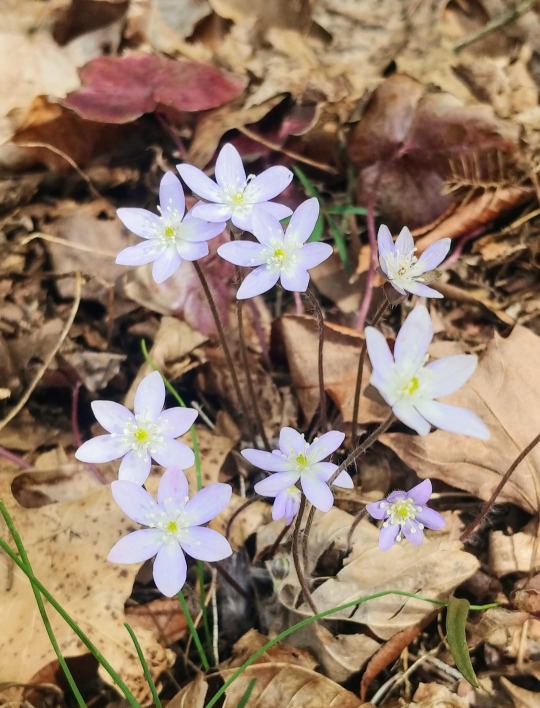
These gorgeous spring ephemerals are usually found in woods with rich, somewhat alkaline, well drained-soils across eastern North America. Their flowers can vary in color and petal count. The hepatica plants pictured were growing on wooded hillsides featuring dolomite rock outcrops.
March 30th, 2023
St. Francois County, Missouri, USA
Olivia R. Myers
@oliviarosaline
#botany#woods#forest#forest floor#nature#hepatica#sharp lobed hepatica#flowers#native flowers#native plants#the ozarks#ozarks#plants of the ozarks#flower photography#fairy core#fairycore#cottagecore#cottage core#forestcore#naturecore#nature lovers#fairy flowers#Hepatica acutiloba#anemones#anemone#ranunculaceae#exploring#forests#spring ephemerals#Missouri nature
65 notes
·
View notes
Text

instagram | flourishflowerfarm
518 notes
·
View notes
Text
Marsh marigold (Caltha palustris) wildflower photos I took yesterday 15/04/2024, Stanley, Wakefield, West Yorkshire, UK


#nature#nature photography#british nature#wild#ranunculaceae#yellow flower#yellow flowers#yellow floral#yellow#wild plant#plant#plants#plant photography#wild plants#wildflora#wildflower photography#wildflower#wildflowers#wild flowers#flower#flowers#flower photography#blooms#bloom#flowering plants#blooming#botany#botanical#flora#floral
35 notes
·
View notes
Text

T – Thalictrum lucidum L. – Pigamo lucido (Ranunculaceae)
27 notes
·
View notes
Text
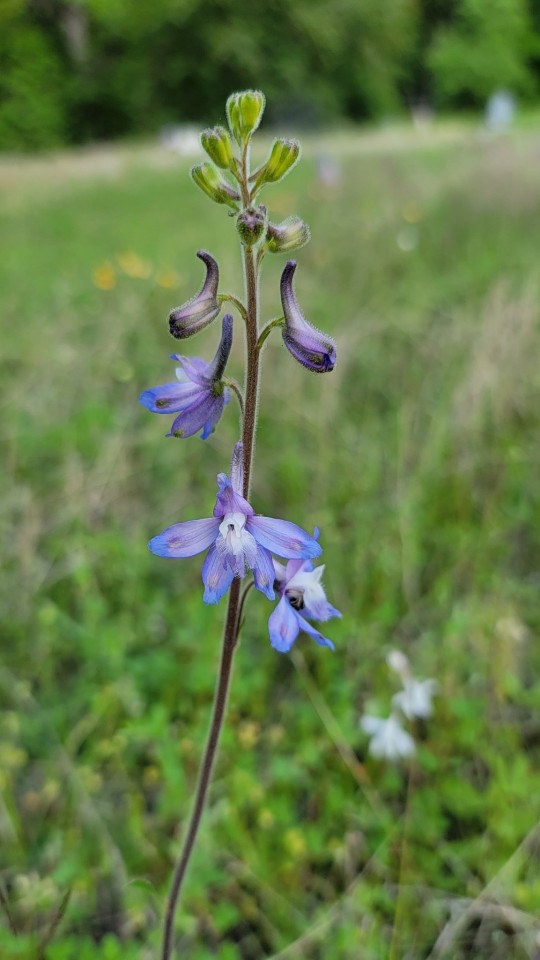


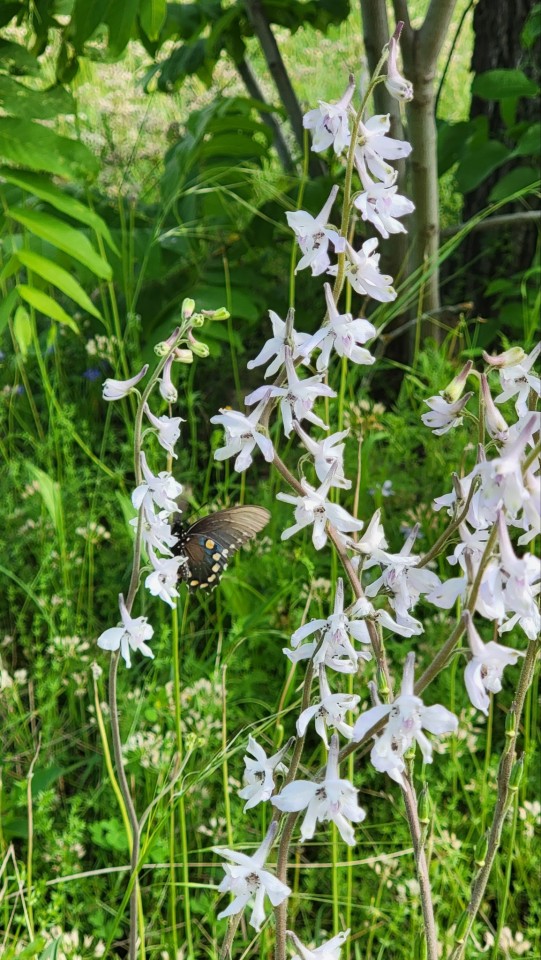

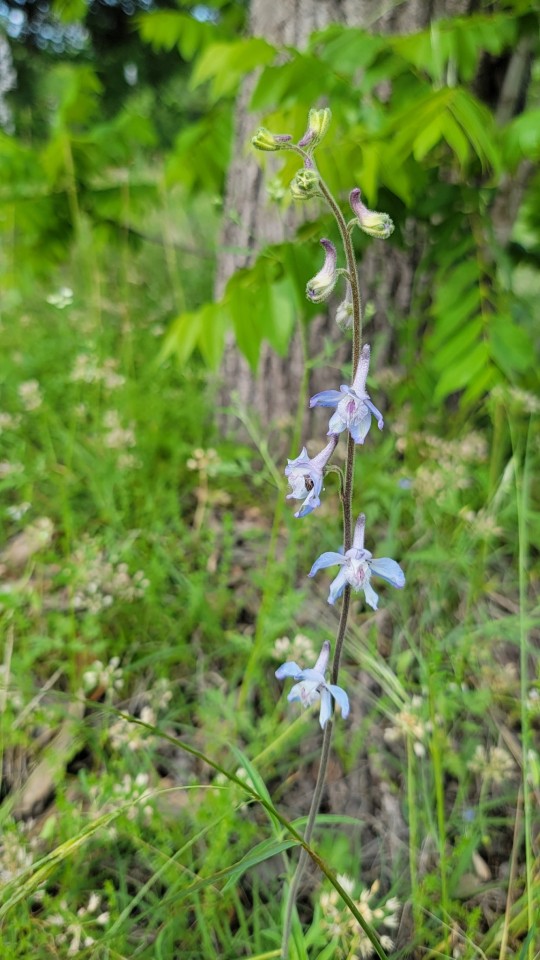
Prairie larkspur (Delphinium carolinianum).
20 notes
·
View notes
Text

"You Spin Me 'Round"
Watercolor on Black Paper
2023, 22"x 30"
White Ranunculus
#artists on tumblr#floral#flowers#art#nature#painting#watercolor#plants#artwork#minimalism#ranunculus#ranunculaceae#persian buttercups#white#white flowers#contemporary art#cottagecore#cottagecore aesthetic#flower#botanical#botany#botanical art
60 notes
·
View notes
Photo

This plant might not look like much, but it’s a sensitive species in Washington State! This is Actaea elata, tall bugbane, a toxic species in the Ranunculaceae family. It’s not very showy, and it doesn’t have any ethnobotanical uses, but it’s very important to pollinators, especially syrphid flies (hover flies in the family Syrphidae, the ones that mimic bees and wasps). Because it’s rhizomatous, you’ll often find a big cluster of these instead of seeing just one. It grows near the much more common Actaea rubra, red baneberry, and it can be a little hard to distinguish the two species if they’re not flowering or in fruit (as you can see, A. elata has hard follicles rather than the red or white berries that A. rubra produces).
I found this group of Actaea elata plants growing very close to a clearcut. Logging is one of the biggest threats this species faces - it can’t survive clearcutting and subsequent replacement of the forest with Douglas fir monoculture. This is significant forest management consideration in Washington State - we don’t want this species to become endangered like it is in British Columbia!
#Actaea elata#sensitive species#rare plants#tall bugbane#bugbane#Ranunculaceae#poisonous plants#Plants of Washington State
66 notes
·
View notes
Text

Inner sanctum sanctorus sanctiminee cheeree. A ranunculus is as lucky as lucky can bee. No bees were harmed in the making of this picture. There were actually 3 bumblebees in the picture originally and a wasp and we had to clone them all out in photoshop because they all refused to sign a model release form. When you're getting model releases from strangers, make sure they have an opposable thumb so there is at least the possibility of a signature.
#macro photography#flowers of tumblr#ranunculaceae#original photographers#photographers on tumblr#inner life of flowers#flowers on tumblr#ranunculus#macro flower
35 notes
·
View notes
Photo
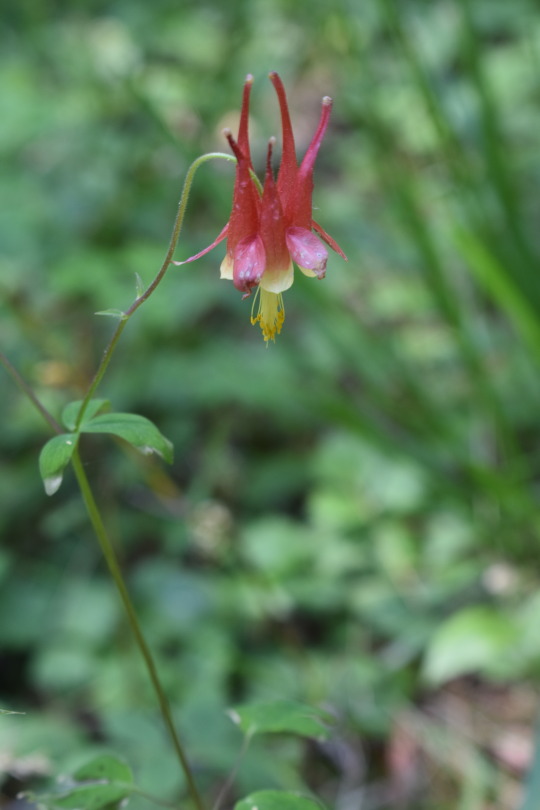
Wild Columbine
Aquilegia canadensis
Ranunculaceae
Photograph taken on June 20, 2023, at Petroglyphs Provincial Park, Woodview, Ontario, Canada.
#wildflowers of southern ontario#Wild Columbine#Columbine#Aquilegia canadensis#Aquilegia#Ranunculaceae#Petroglyphs Provincial Park#Woodview#Ontario#Canada#red#nature#wildflowers#wildflower#flowers#flower#flora
30 notes
·
View notes
Text
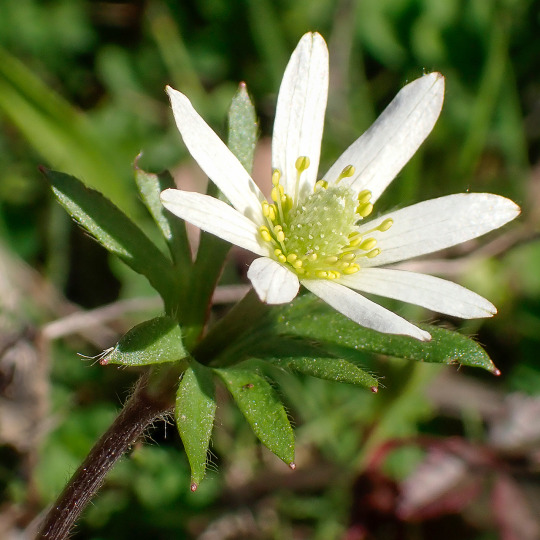
Scientific Name: Anemone berlandieri
Common Name(s): Tenpetal anemone, tenpetal thimbleweed
Family: Ranunculaceae (buttercup)
Life Cycle: Perennial
Leaf Retention: Deciduous
Habit: Forb
USDA L48 Native Status: Native
Location: Lucas, Texas
Season(s): Winter
Lies! All lies!
First off, when a plant is named “tenpetal,” wouldn’t you expect its defining feature to be flowers with ten petals? But look at this thing. Count’em. Do you see ten? No, that number is highly variable between individuals and is not a reliable key for identifying this species.
Worse, those … aren’t even petals. No, they’re sepals. This plant doesn’t have any petals at all. (When a plant either lacks petals or when its petals and sepals are indistinguishable, the term “tepal” is used, but I’m not enough of an expert to know if it applies here.)
After the flower appears, the stem continues to grow so that the bract becomes sufficiently far down the stem to appear as leaves. Don’t be mistaken. The leaves for this plant grow only at its base.
This plant is a perennial that blooms in late winter and early spring, then goes dormant over summer and fall. White is most common, but the flowers’ colors can range from white to purple.
Two Anemone species, A. berlandieri and A. caroliniana, are found here in North Texas, and they can be difficult to tell apart at first glance. Using this side-by-side comparison, we can identify this as A. berlandieri by the hairs on the stem below the bract even without any basal leaves visible in this photo.
#Anemone berlandieri#tenpetal anemone#tenpetal thimbleweed#Ranunculaceae#perennial#deciduous#forb#native#Lucas#Texas#winter#flower#white#plantblr
9 notes
·
View notes
Text

🌸💫 Ranunculus 💫🌸
#photography#inspo#flowers#flower#love#pink flowers#spring flowers#ranunculus#ranunculaceae#floral#flora#blomster#blomst#pink aesthetic#postitfortheaesthetic#aesthetic#aestethic flowers#fleur#fleurs#my photo#photographers on tumblr#iphone photography#ranunkel#nature
6 notes
·
View notes
Text


Tall Thimbleweed
Anemone virginiana
This anemone is native to the United States and southern Canada, where its range extends primarily east of the Great Plains. Its common name originates from the cluster of pistils forming a thimble shape, and it can tolerate and grow in a variety of conditions. This particular plant was thriving in a partly sunny, moist area of the woods near a small creek.
June 22nd, 2023
St. Francois County, Missouri, USA
Olivia R. Myers
@oliviarosaline
#botany#anemone#Anemone virginiana#Tall Thimbleweed#thimbleweed#nature#woods#naturecore#forest#missouri#the ozarks#ozarks#naturalist#ranunculaceae#plants#flowers#wild flowers#wildflowers#native plants#native flowers#nature photography#flower photography#plant photography#hiking missouri#plants of the ozarks#exploring the woods#the woods#forests#forestcore
37 notes
·
View notes
Text

buttercup
#buttercup#ranunculaceae#flowers#wildflowers#photography#macro#a game of tones#nature#flora#floral#bokeh#bokehlicious#original photographers#photographers on tumblr#lensblr#original photography#pws#nikon z6#darktable
22 notes
·
View notes
Text
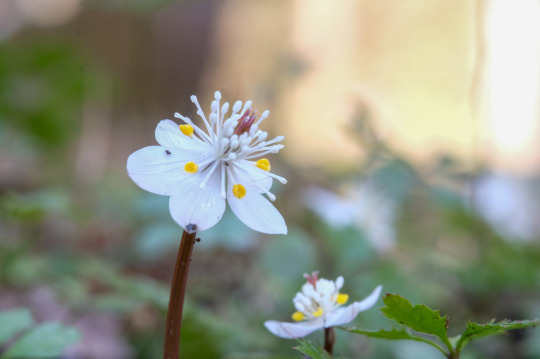


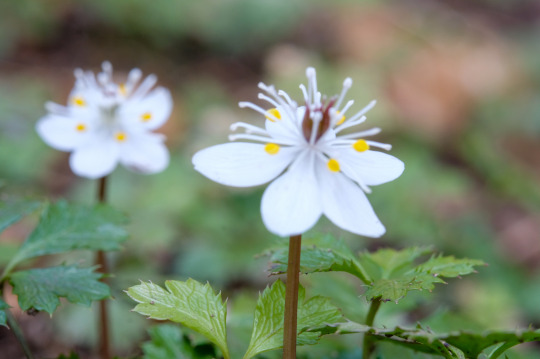
バイカオウレン
梅花黄連
37 notes
·
View notes